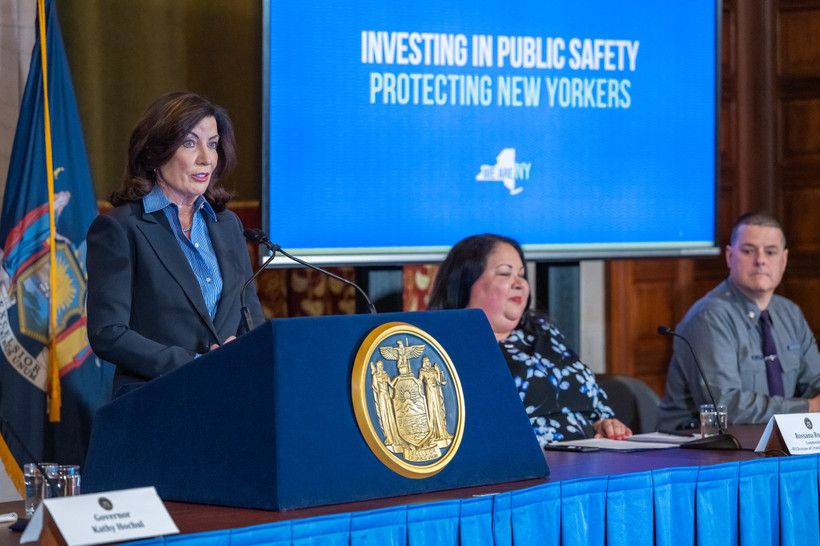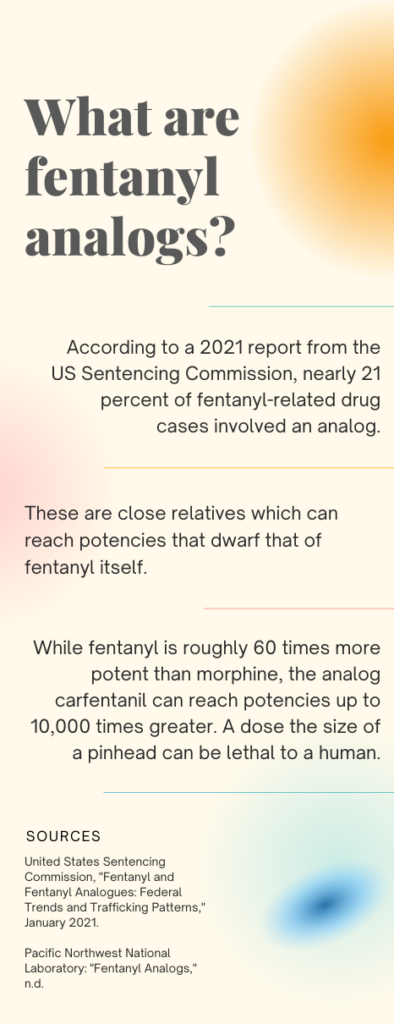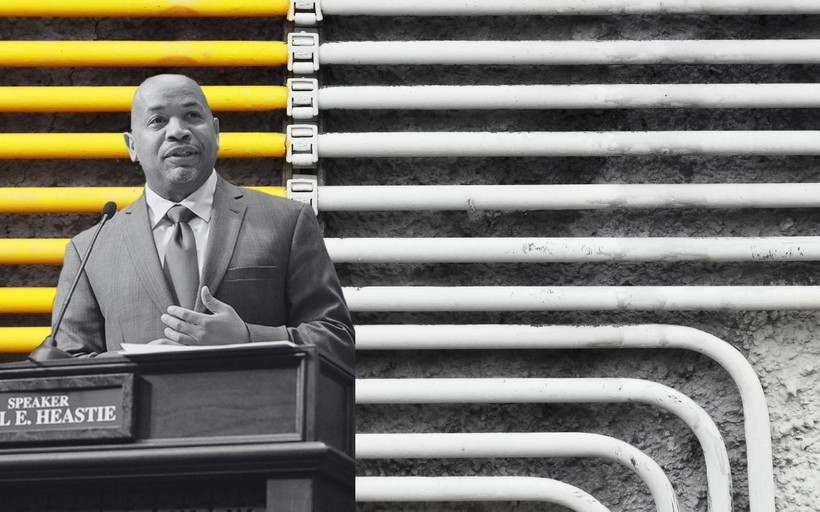Hochul Quietly Bets on Police to Battle Fentanyl
The governor buried policies in her budget proposal that would give police and prosecutors more leverage over people with opioid addictions.


Previously unreleased disciplinary files expose officers who beat, slap, and pepper spray the residents they’re supposed to protect. Most are back at work within a month.
Local regulations haven’t kept up with the rollout of new surveillance tech. Some reformers see Washington as their best hope.
Stark disparities in access to life-saving medication for opioid addiction persist between facilities — and racial groups.
The Assembly rejected legislation that would have sped up New York’s transition away from gas.
Low-wage manual laborers can sue to make their bosses pay them weekly. Hochul’s late-breaking budget addition may undermine that right.
New York’s transparency watchdog found that the ethics commission violated open records law by redacting its own recusal forms.
New York has one of the weakest consumer protection laws in the country. This year’s state budget may change that.
Hochul’s proposed Medicaid cuts include $125 million from Health Homes, a program that connects the neediest New Yorkers with medical care, food assistance, and more.
One in five kids in New York live in poverty. Legislators are pushing Hochul to fulfill her promise to cut that rate in half.



